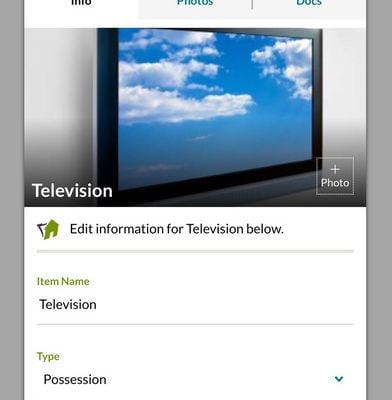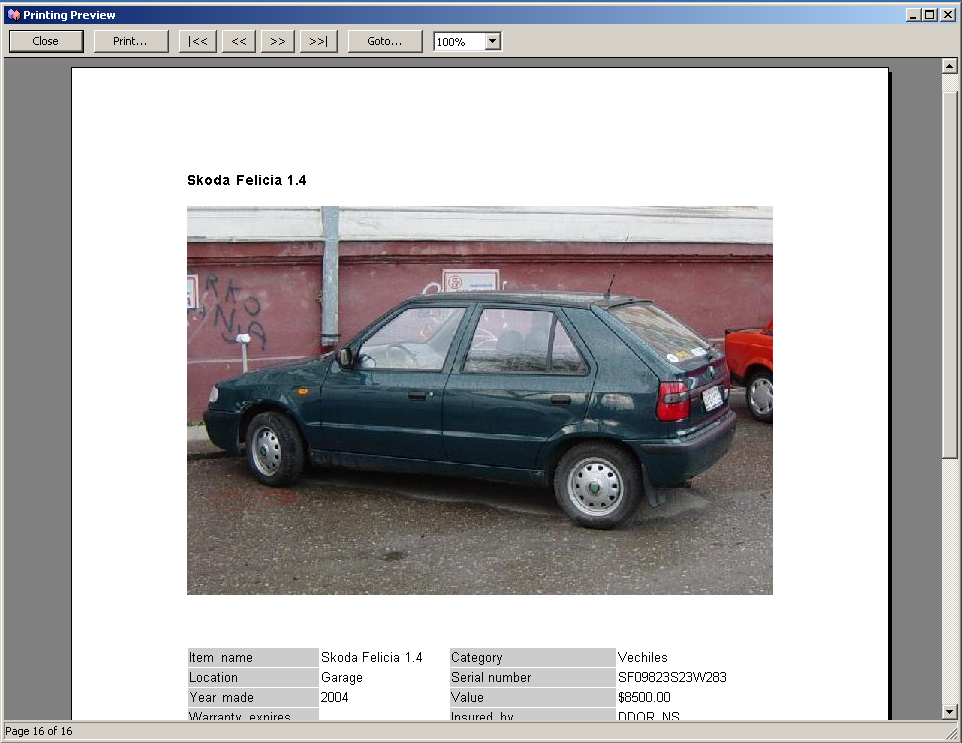

- #Attic quicken home inventory serial number
- #Attic quicken home inventory full
- #Attic quicken home inventory password
I chose this path because this way users don’t have to worry about creating their own categories. The types of stuff are dynamically “hardcoded” and managed on the developer side. … and it turned out to be the really good so far, because I didn’t have to change the core ever since. I started implementing the app with a basic, but flexible database schema:

I’m curious to see which of these pop up in reviews.
#Attic quicken home inventory full

Up until then I was living in London, UK where I left some stuff in storage. The difference is whether you get enough cash to buy a new couch (replacement value), versus an amount equivalent to what your five-year-old couch is worth today (actual value).The idea to create an inventory app came to me when I moved home to my parents in Hungary for a long vacation. It's also worth reviewing the terms of your coverage to make sure that your possessions will be covered for replacement value versus actual value. (Once you do, you may need or want to go back and document those belongings in more detail.) You may want to weigh purchasing a rider or endorsement if your inventory tally shows you have belongings that collectively exceed those limits. Pay particular attention to policy sublimits, which may have lower caps for specific categories such as electronics, jewelry, art and antiques, among others. "Sometimes you have to say, is that enough, or do I need more?" she said. The typical homeowners policy caps coverage for contents at 50 percent to 75 percent of what you have the home insured for, said McChristian. Once you've logged your belongings, go back and review your insurance coverage to make sure it's a fit.
#Attic quicken home inventory password
(Nest Egg also has a free Lite version, which limits the number of items you can document.)īoth can be password protected (although that costs an extra $0.99 with Nest Egg), and offer the ability to keep your inventory in the cloud as well as export it as a spreadsheet. There's also a handy alert feature to nudge you ahead of a warranty ending or an item expiring, and to remind you about items you've borrowed or loaned out. This app requires more of a time investment, but it has fields for all the right details if you have big-ticket items to document.
#Attic quicken home inventory serial number
From there, add details to individual items as needed - there's a field to attach notes and additional photos, as well as specific prompts including manufacturer/brand, serial number and receipt photo. Once you're done, you can go back and create individual item listings from those room photos. Select a room to focus on (choose one from a pre-provided list, or create your own), and then snap pictures of the space in quick succession. Inventorying can be fast going with this app. Two apps, I think, are worth a closer look:


 0 kommentar(er)
0 kommentar(er)
